In the Orjinal Halep Lokantasi, paper-thin bread is singeing on a hot metal plate. The baker smoothes spicy muhamarra – crushed nuts and peppers –across the oval and covers it with flutters of salty cheese.
This hot, thin sandwich is saj – the best of Syrian street food, now to be found in the southern Turkish city of Gaziantep.
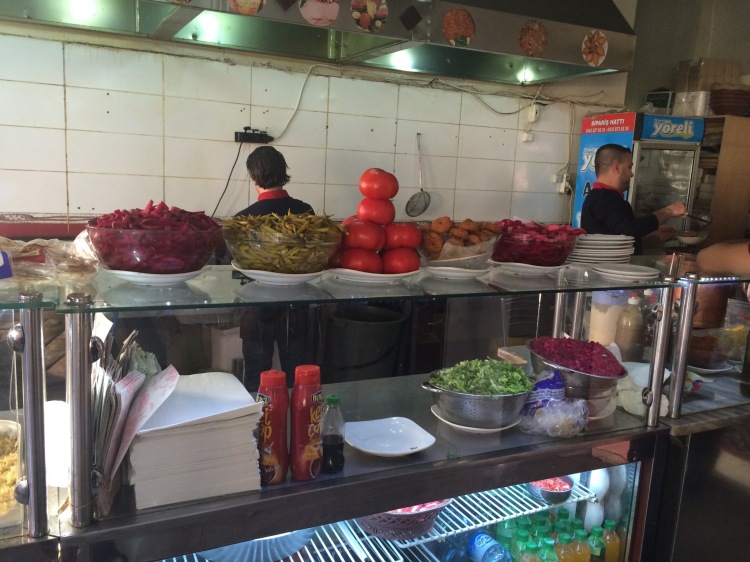
The tiled dining room – families at the back, smokers and coffee-sippers out the front – has become a meeting point for Syrians. It is just 100km from the restaurant’s namesake, Aleppo, across the border. Syria’s largest city was famed for its cuisine before it became all too well known for barrel bomb attacks.
The only Turkish elements to the Orjinal Halepi are a few menu translations and the business registration form proudly hanging on the wall. Everything else, down to the lurid beetroot-dyed pickles, is wonderfully Syrian.
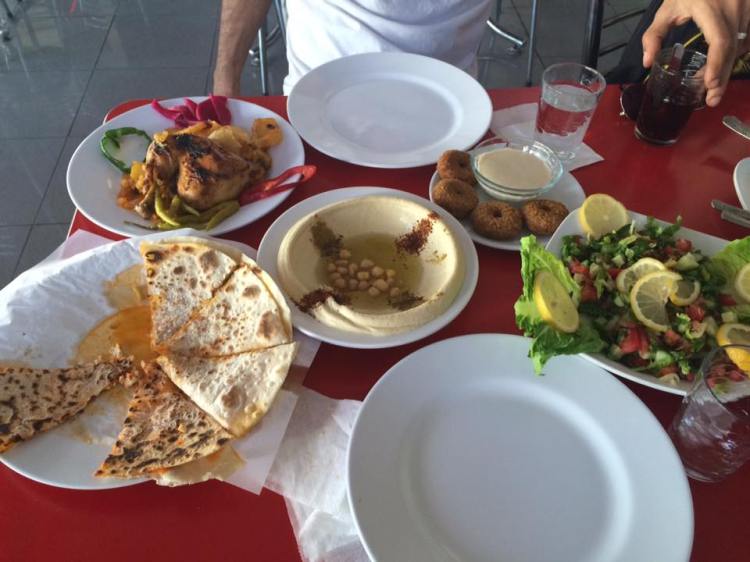
Abu Ahmed, the current owner, is in fact from Tadmur (known in the west as Palmyra), not Aleppo, as the restaurant’s name might suggest. He has had the restaurant walls painted with murals of the heritage site’s Arch of Triumph, which was destroyed by militants from the so-called Islamic State group last year.
“I will go back”, he says hopefully. “Whenever we can we will pack our bags and go back to Syria.”
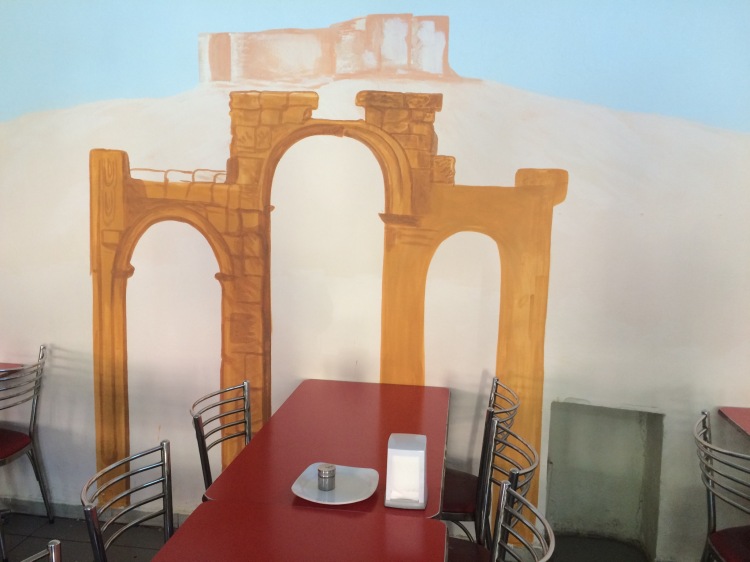
On the day I eat his team’s doughnut-shaped falafel and lemon salad, a replica of Palmyra’s famous arch is unveiled on London’s Trafalgar Square. It is far from Abu Ahmed’s feelings about the place. He sadly shows me dozens of photos of the Pearl of the Desert, as Palmyra is often known, on his smart phone.
The restaurant is an escape from tensions in Gaziantep – the 300,000 Syrian residents often feel resented by Turkish locals, who have blamed them from everything from poisoned water to Isis.
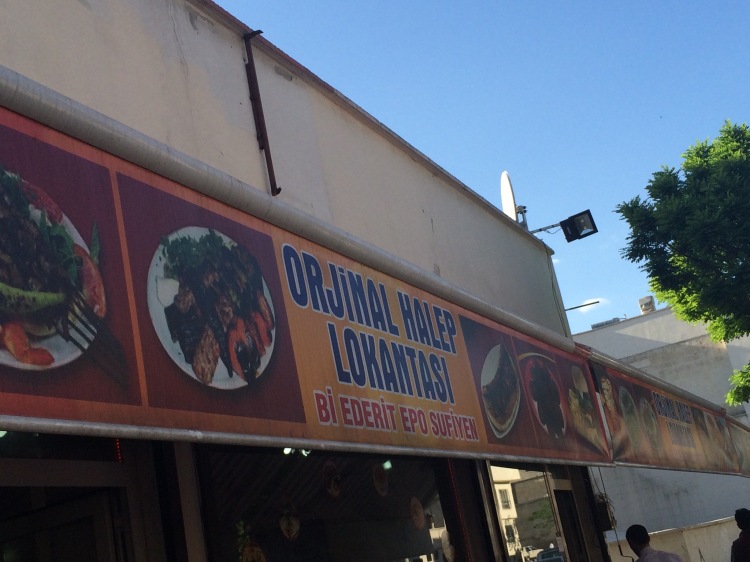
On May 1 the city was rocked by an Islamic State car bomb that left three people dead. Two Syrian journalists have been shot in broad daylight in Gaziantep in the past six months. Others who sought refuge here are increasingly nervous: some avoid frequenting public places, or leaving the house at all.
Syrians face higher rents than their Turkish counterparts – they tell of being charged 700 TL for accommodation that would be offered to locals for 300TL.
Other reminders of Syrian life, such Gaziantep’s hammams, built under the Ottoman period before the border was traced between Turkey and Syria, are too expensive.
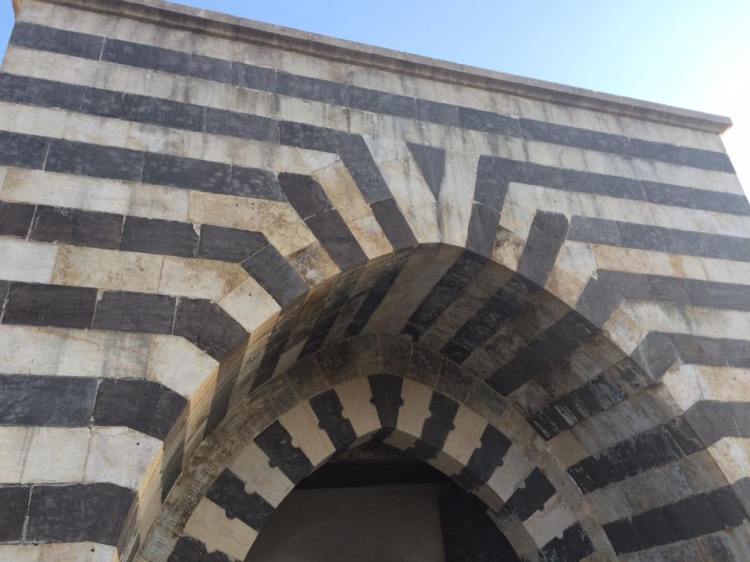
So a meal at Abu Ahmed’s restaurant is a small reminder of home. Sitting in public here is a small act of defiance. Syrians’ long history of culinary culture has been a point of pride among those forced to flee their homes. Old gentlemen in caps and woolly jumpers lean on sticks outside, smoking thin brown cigarettes and sipping from voluptuously shaped tea glasses. Next door, a barista serves Syrian coffee from a small street stand. It is far superior to the more famous Turkish kind, I am quickly informed.
The restaurant has attracted Turkish diners too, “and the odd British customer”, Abu Ahmed says, smiling at me.
The restaurateur – a real estate investor back in Syria – opens every day, “whether there is one customer or there are 1,000 customers. I will open and serve whoever is hungry. I am treated well here. But most Syrians feel the same. When we can, we will go home.”